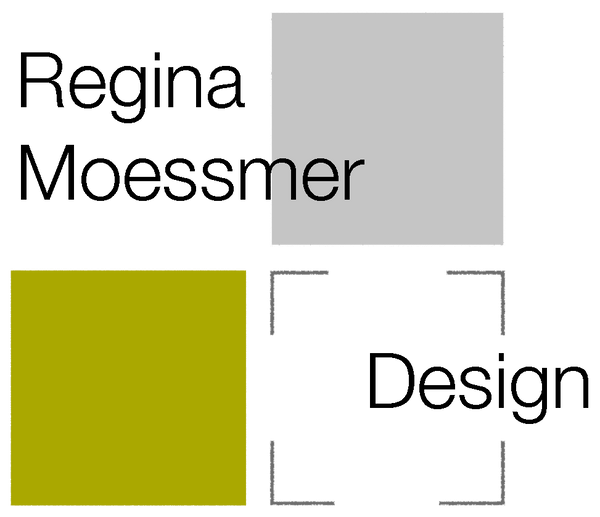Garngewichte
-

Kategorie 0, Spitze,
Spinnennetz, Faden, 1-fädig:
800 – 1000 m pro 100 g.
Nadelstärke: 1,25 - 1,75 mm
Maschenprobe: 38–40 Maschen pro 10 cm im Rechtsstrick.
Spitze, Spitzengewicht: 2-fädig:
600 – 800 m pro 100 g.
Nadelstärke: 1,75 - 2,0 mm
Maschenprobe: 36–38 Maschen pro 10 cm im Rechtsstrick.
Leichte Griffweise: 3-lagig:
420 – 600 m pro 100 g.
Nadelstärke: 2,0 - 2,25 mm
Maschenprobe: 33–35 Maschen pro 10 cm im Rechtsstrick.
-

Kategorie 1, Superfein
Fingering, Socke, Baby, 4-fädig:
350 – 420 m pro 100 g.
Maschenprobe: 27 – 32 Maschen pro 10 cm im Rechtsstrick.
Nadelstärke: 2,5 - 3,25 mm
-

Zubehör ansehen
VIER ECKENTASCHEIm Laufe meiner langjährigen Tätigkeit als Stricker habe ich Hunderte von Projekttaschen gesehen und benutzt, meist solche mit Kordelzug. Dieses klassische Taschendesign hat mich frustriert, weil es zu eindimensional und schwer zugänglich ist. Ich wollte etwas, das ich öffnen und an den Boden herankommen kann, etwas, das ich an die Armlehne eines Stuhls hängen und daraus stricken kann, und außerdem etwas, das ich für andere Zwecke verwenden kann, zum Beispiel zum Transportieren einer Schachtel Gebäck oder meines Mittagessens! ...
-

Kategorie 2, Geldstrafe
Sport, Baby, 5-fädig:
300 – 350 m pro 100 g.
Maschenprobe: 23–26 Maschen pro 10 cm im Rechtsstrick.
Nadelstärke: 3,5-4 mm -

Kategorie 3, Leicht
DK, Light Worsted, 8-fädig:
300 - 350 mpr. 100 g.
Maschenprobe: 21–24 Maschen pro 10 cm im Rechtsstrick.
Nadelstärke: 3,75-4,5 mm -

Kategorie 4, Mittel
Kammgarn, Aran, Afghan, 10-fädig:
150 – 240 m pro 100 g.Maschenprobe: 16–20 Maschen pro 10 cm im Rechtsstrick.
Nadelstärke: 5-6,5 mm -

Kategorie 5, Sperrgut
Grob, Bastel-, Teppich, 12-fädig:
100 – 150 m pro 100 g.Maschenprobe: 12 – 15 Maschen pro 10 cm im Rechtsstrick.
Nadelstärke: 6,5-8 mm -

Kategorie 6, Supersperrig:
Sperrig, Roving, 14-fädig:
60 – 100 m pro 100 g.Maschenprobe: 6–11 Maschen pro 10 cm im Rechtsstrick.
Nadelstärke: 8 mm und größer.
Dies ist eine Anleitung zum Ersetzen der Garnstärke beim Arbeiten mit zwei zusammengehaltenen Strängen.
2 Stränge Spitzengarn = 1 Strang Fingering-Garn
1 Strang Spitzengarn + 1 Strang Fingering-Garn = Sportgarn
2 Stränge Fingering-Garn = DK-Garn
2 Stränge Sportgarn = Kammgarn
2 Stränge DK-Garn = dickes Gewicht
2 Stränge Kammgarn = sehr dickes Garn oder dicker.
(Hinweis: Dies ist eine Anleitung zum Ersetzen der Garnstärke beim Arbeiten mit zwei zusammengehaltenen Strängen.)
Eine „Formel“, die Sie zum Berechnen der Maschenprobe beim Kombinieren von Garnen verwenden können, besteht darin, die Maschenproben aller Garne zu addieren und dann durch 3 zu dividieren (immer durch 3, unabhängig davon, wie viele Garne Sie kombinieren).
Wenn Sie beispielsweise ein Fingering-Garn mit einer Maschenprobe von 27 Maschen pro 10 cm und ein DK-Garn mit einer Maschenprobe von 21 Maschen pro 10 cm kombinieren, erhalten Sie eine Maschenprobe von 16 Maschen pro 10 cm, was einem Aran-Garn entspricht.
(27 + 21 = 16 Maschen pro 10 cm). Es klappt jedes Mal!
Garnstärken in englischen Mustern
Jeder, der schon einmal nach englischen Anleitungen gestrickt hat, ist vermutlich schon einmal auf Begriffe wie „worsted“ oder „fingering“ für Garnstärken gestoßen. Vielleicht dachten Sie sich zunächst wie ich: Was... ist das denn!? Wenn man das Prinzip aber einmal verstanden hat, ist es eigentlich ganz einfach, diese englischen Garnstärken in für uns verständliche Begriffe umzurechnen. Leider haben wir keine Bezeichnungen für Garnstärken und müssen uns mit „dick“, „dünn“, „wie Sockengarn“ usw. begnügen. Da sind die englischen Begriffe eigentlich eine gute Idee. Zwar haben wir ein einheitliches System zur Angabe von Garnstärken, auf deutschen Garnetiketten ist dies jedoch nur selten angegeben. Zur Umrechnung englischer Garnstärken schaut man am besten auf die angegebene Lauflänge und ggf. die angegebene Nadelstärke. Auch die Anzahl der Fäden im Garn kann zur Orientierung dienen, die Anzahl der Fäden ist auf deutschen Etiketten allerdings meist nicht angegeben.








